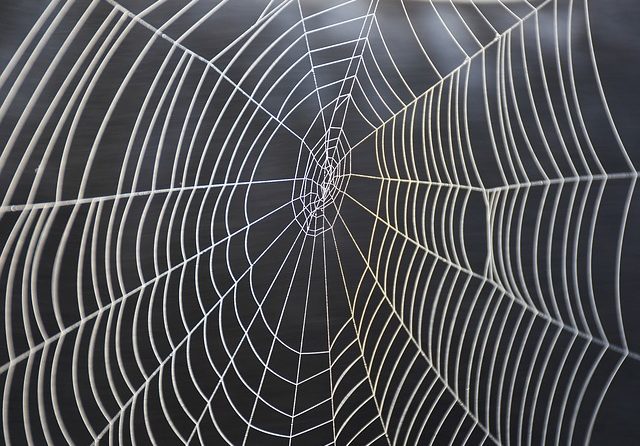
A Creepy, Crawly, Cringe-Worthy Condition
Many people suffer from arachnophobia or fear of spiders. But do you fear spider veins? Known clinically as telangiectasia, spider veins occur in over 15% of men and 60% of women. These statistics increase as you age.
Spider veins appear in a branching or webbed pattern and usually occur on the legs or face. Spider veins are small and red. If you see large, twisted, purple or blue veins that bulge out from the skin, these are varicose veins, a more severe form of the same issue. Both are caused by a backup of blood, a result of venous insufficiency. However, hormone changes, exposure to sunlight, and various injuries can also cause spider veins to appear.
Spider veins rarely cause issues themselves but can be indicative of a greater overall health problem. Symptoms of spider veins may include swelling, dull and achy pain, or an itchy rash. The biggest side effect is simply their unappealing look.
You can reduce your chances of developing or worsening spider veins by:
- Standing up every 30 minutes if you work sitting down
- Sitting down every 30 minutes if you work standing up
- Exercising to improve blood flow in the legs
- Elevating your legs regularly
- Using compression socks and stockings as directed by a physician
- Controlling your bodyweight to put less pressure on the legs
You may not be able to completely avoid developing spider veins as genetics and age have much to do with it. However, the great news is, existing spider veins are completely treatable with painless laser therapy. Small veins may resolve within one treatment, but larger spider veins will darken for 1-3 months before disappearing. Fall and winter are the perfect times for treatment, so your legs are shorts-ready come spring. Ask your podiatrist about our laser therapy treatments for spider veins and more!
